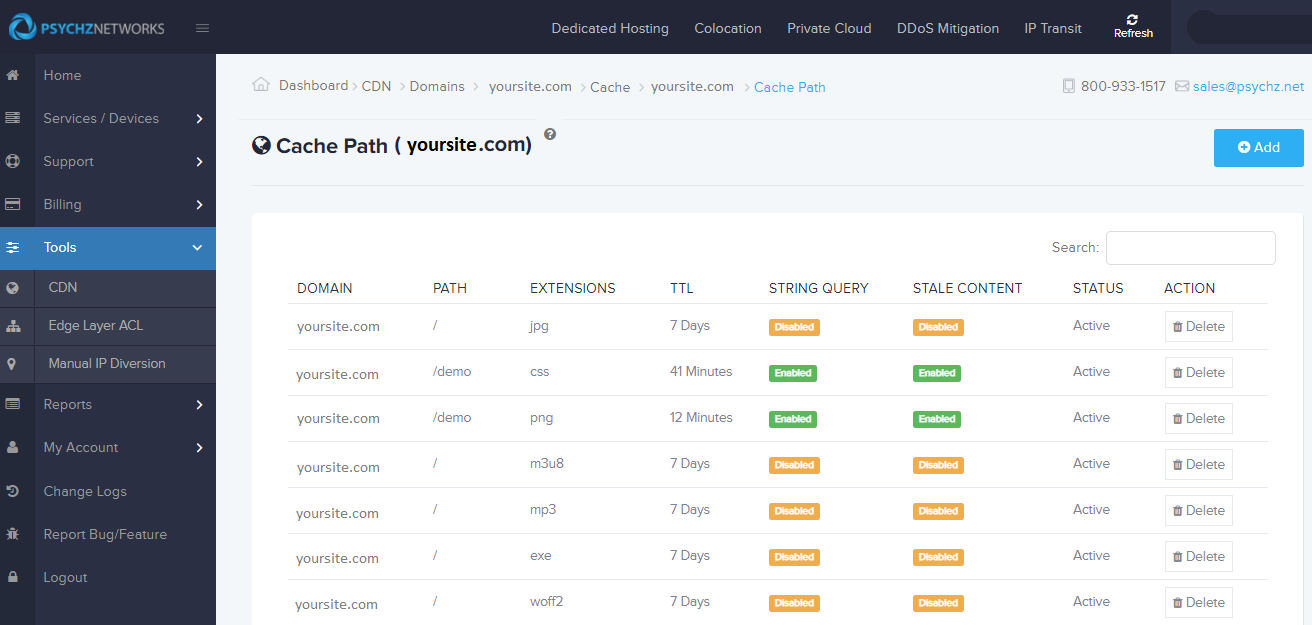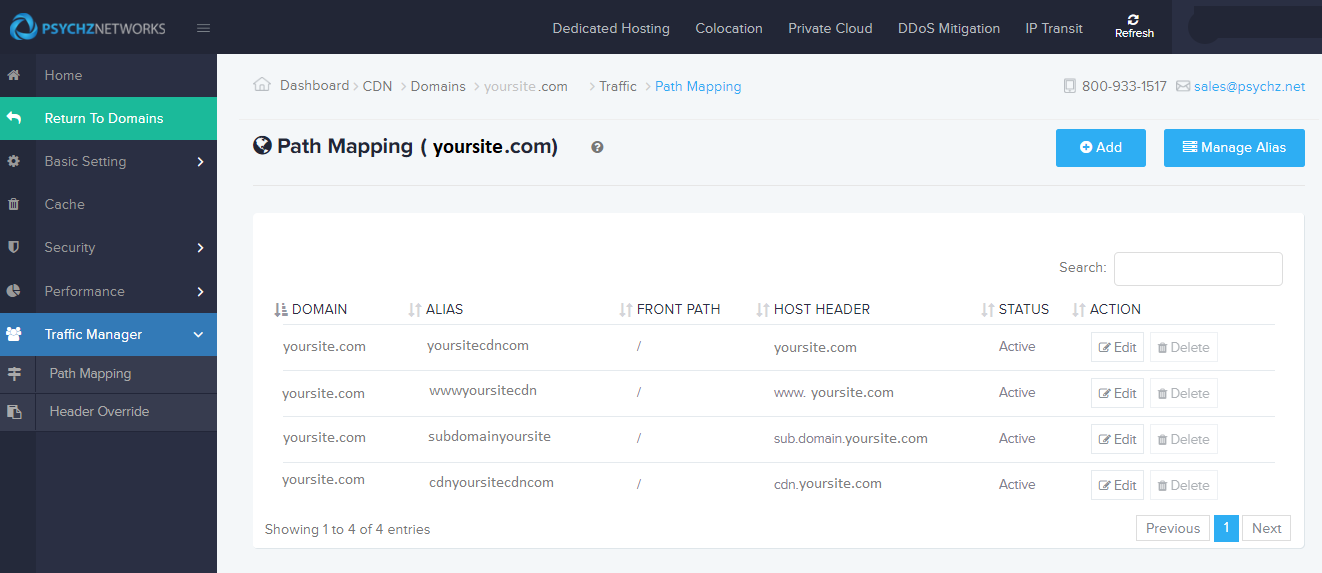Today, the internet is all the more powerful, serving the content much more efficiently and quickly compared to those days when we connected to the internet via a dial-up modem. This has given the website designers and developers more and more creative ideas to create and develop sites that not just hold content but images and interactive mediums through various applications for better user experience. This has opened a whole new dimension for the enterprises to reach out to their customers in the way they want. But the biggest challenge still persists and that is the distance between the end customer and the location of the site.
Imagine a customer from Australia is trying to open a site that sells designer lamps in the United States of America, the load time will be much higher compared to a similar vendor based in Asia.
Users are becoming more and more impatient, and according to a study conducted by a renowned university, nearly half of the customers expect that loading the page should not take more than 2 seconds. The bounce rate on the site that takes longer loading time is nearly thrice compared to a site that takes lesser time to load. This affects the site owners who eventually lose visitors and money.
Luckily, there is a technology that has come to rescue and is miraculously doing great by offering faster content delivery, seamlessly. It is called CDN which is an abbreviation of the content delivery network.
A CDN is nothing but a set of servers with specialized software that offers content delivery to the end user in a much faster way compared to the conventional method. These set of servers are spread across the world, so the site time is minimal. Under the content, we mean videos, audios, images and static elements of websites that do not require the code execution on the server or the database requests, for example, CSS or JavaScript. Sometimes it can be the Steam games (the platform uses CDN to distribute files), operating system updates, etc.
How CDN works?
In a CDN network, the closest server to the user is called the “edge server” — when people request content from a website served through a CDN, they’re connected to the closest edge server, ensuring the best online experience possible.
Once the data is requested by the user, it is cached on the CDN server. So the next time there is a request by the user, the content is delivered from the edge to the end user much faster than if it had to be delivered all the way from the origin. If you use a CDN, it means that if someone tries to access content from your website or mobile app, then that person’s request for content only needs to travel to a nearby POP and back, not all the way to the company’s origin servers and back.
Some of the benefits of using a CDN for your website include:
- Faster load time for users
- Quickly scalable during times of heavy traffic
- Minimizes risk of traffic spikes at the point of origin, ensuring site stability
- Decreases infrastructure costs due to traffic offloading (less load on origin)
- Better site performance
Psychz Networks offers such wonderful technology along with many other features that can benefit you in many ways. Psychz Network uses a Content Delivery Network to deliver optimized images across all platforms throughout the globe instantly. We provide real-time image optimization, image resizing, compression with our global CDN and helps you to improve your website performance. We also offer stronger security and better load balancing technique that makes us one of the leaders in the game.
With our CDN support, you can customize the features to optimize the performance or your site and improve the user experience. Following are some of the top features that we offer
SECURITY
Our CDN is equipped with security features that offer the best protection to your content and website from hacks, bots, DDoS attacks, malware.

Following are some of the security features you can use when using our CDN technology
SSL
SSL or Secure Sockets Layer is used to establish a secure connection between a server and end-user. You can obtain an SSL certificate from an external source or we can generate a certificate for you.
Access Controls
The Access Controls are a list of actions with which you can set to control the flow of traffic in and out of the server. Through Access Controls we can allow or block any IP to access particular content.
Web Application Firewall(WAF)
Our Web Application Firewall is specifically designed for web-based applications. You can manage WAF by whitelisting applications and altering settings or add different rules to different files.
Botnet Scrapper
A botnet is a malicious malware injected into multiple systems and used to carry on a concentrated attack known as DDoS attacks. By turning ON the Botnet Scrapper option, the botnets are prevented from accessing your server.
HotLink Protection
The HotLink Protection provides protection against other websites from linking to the files on your website. As you may have observed, the websites have references or links that direct to other websites. If you don't want any other website to link to your content, please turn this feature ON.
ACCESSIBILITY
We offer live monitoring of your site to ensure that your origin server is up all the time. Even if, due to any technical reasons your origin server goes down, the network of servers under our CDN will ensure that the site is made accessible to the user. This is done via Cached content that is available on all the edge servers on our CDN network. Once the origin server is restored, any changes made in the site are immediately synced with all the other servers so the user can now access the updated site.

By turning on the stale content option in your control panel, the CDN will serve your customers the required file even if the main server is offline or unresponsive.
The stale content is the content that has outdated its TTL(Time To Live) value in the cache. You can also choose to disable or destroy the stale content after a certain period of time.
LOAD BALANCING
Our CDN is developed using NGINX technology because it can handle a high volume of connections. NGINX is commonly used as a reverse proxy and load balancer to manage incoming traffic and distribute it to slower upstream servers – anything from legacy database servers to microservices.
With our Path Mapping option, you can link the public path to the path at which the content is stored at the backend.
Path mapping is mapping the URL part to fetch data from the backend servers (usually called upstream servers in a reverse proxy scenario).

PERFORMANCE
Using CDN technology, it boosts your website's performance by distributing content closer to website visitors using the edge servers. This offer faster loading time to the visitor and hence the customers stay around longer reducing the overall bounce rate of the site.
CDN also helps in lowering the bandwidth consumption because every time an origin server responds to a request, bandwidth is consumed. In case of CDN, the content is served from the nearest edge server instead of going all the way back to the origin server.
In addition to the features CDN can offer, we have added some more handy tools to help you optimize the performance of your site. Some of the features are

Gzip
Gzip is a method of compressing files (making them smaller) for faster network transfers. Compression allows your web server to provide smaller file sizes which load faster for your website users.
Brotli
Brotli is a modern lossless compression algorithm based on the same foundations as gzip (LZ77 and Huffman encoding), but improves them with a static dictionary, larger matching windows, and extended context modeling for better compression ratios.
Pagespeed
Using our Pagespeed feature you can allow our system to optimize your CSS, JS, images etc for you. This feature is still in beta phase.
HTTP/2
One of the key features of HTTP/2 is server push which can be used to pre-load content.